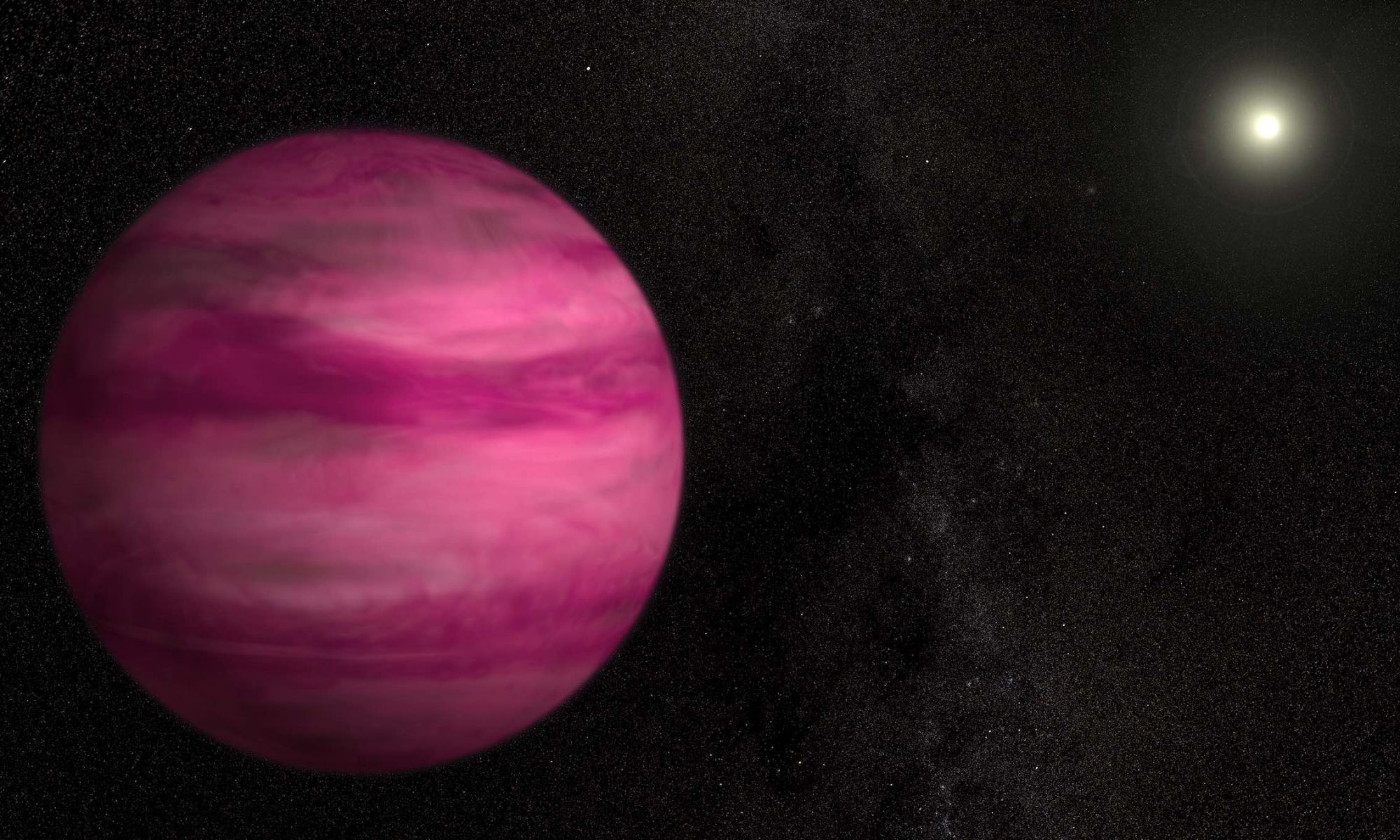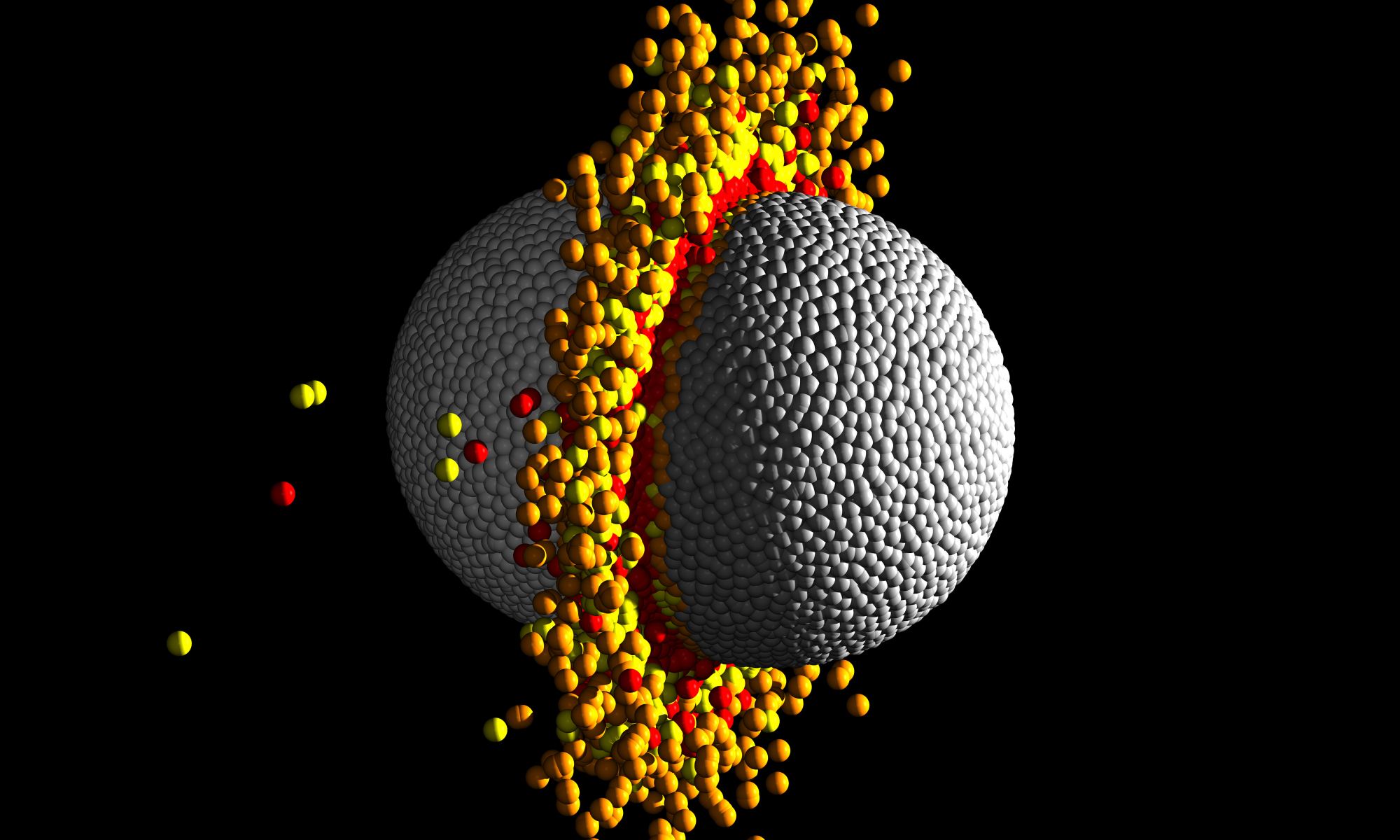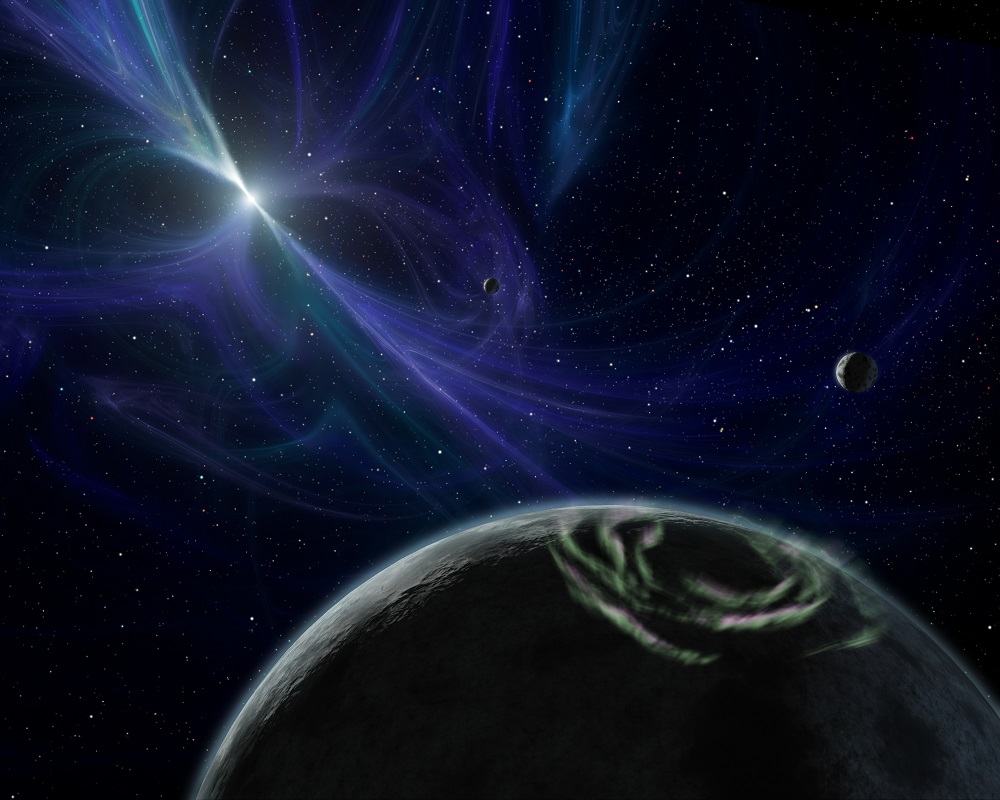Universe Today has explored the importance of studying impact craters and planetary surfaces and what these scientific disciplines can teach us about finding life beyond Earth. We learned that impact craters are caused by massive rocks that can either create or destroy life, and planetary surfaces can help us better understand the geologic processes on other worlds, including the conditions necessary for life. Here, we will venture far beyond the confines of our solar system to the many stars that populate our Milky Way Galaxy and the worlds they orbit them, also known as exoplanets. We will discuss why astronomers study exoplanets, challenges of studying exoplanets, what exoplanets can teach us about finding life beyond Earth, and how upcoming students can pursue studying exoplanets, as well. So, why is it so important to study exoplanets?
Continue reading “Exoplanets: Why study them? What are the challenges? What can they teach us about finding life beyond Earth?”The Kepler Mission’s Final Three Planets?

NASA’s Kepler spacecraft ended its observations in October 2018 after nine and a half years, a solid six years beyond its planned duration. It discovered 2,711 confirmed exoplanets and another 2,056 exoplanet candidates as of August 2022.
Now, astronomers at MIT and the University of Wisconsin uncovered three more exoplanets in the data from Kepler’s final days of observations. They needed the help of dedicated amateurs to do it.
Continue reading “The Kepler Mission’s Final Three Planets?”A Third of Planets Orbiting Red Dwarf Stars Could be in the Habitable Zone
A recent study published in the Proceedings of the National Academy of Sciences, a pair of researchers from the University of Florida (UF) examine orbital eccentricities for exoplanets orbiting red dwarf (M dwarf) stars and determined that one-third of them—which encompass hundreds of millions throughout the Milky Way—could exist within their star’s habitable zone (HZ), which is that approximate distance from their star where liquid water can exist on the surface. The researchers determined the remaining two-thirds of exoplanets orbiting red dwarfs are too hot for liquid water to exist on their surfaces due to tidal extremes, resulting in a sterilization of the planetary surface.
Continue reading “A Third of Planets Orbiting Red Dwarf Stars Could be in the Habitable Zone”TESS has Found A Second Earth-Sized World in This System. Exoplanet Science is Maturing

For planet-hunters, finding an Earth-sized exoplanet must be special. NASA estimates there are about 100 billion planets in the Milky Way, but the large majority of the 5,000+ exoplanets we’ve found are extremely inhospitable. So finding one that’s similar to ours is kind of comforting.
In this case, it’s even more interesting because it’s the second Earth-sized planet orbiting the same star.
Continue reading “TESS has Found A Second Earth-Sized World in This System. Exoplanet Science is Maturing”Do Exoplanet Scientists Have Favorite Exoplanets?
Exoplanets have become quite the sensation over the last decade-plus, with scientists confirming new exoplanets on a regular basis thanks to NASA’s Kepler and TESS missions, along with the James Webb Space Telescope recently examining exoplanet atmospheres, as well. It’s because of these discoveries that exoplanet science has turned into an exciting field of intrigue and wonder, but do the very same scientists who study these wonderful and mysterious worlds have their own favorite exoplanets? As it turns out, four such exoplanet scientists, sometimes referred to as “exoplaneteers”, were kind enough to share their favorites with Universe Today!
Continue reading “Do Exoplanet Scientists Have Favorite Exoplanets?”Planets are Finally Being Discovered Orbiting Farther From Their Stars

Discovering exoplanets is a difficult job. Given the challenges, it’s amazing that we’ve found any at all. But astronomers are clever, so there are currently more than 4,300 confirmed exoplanets. They range from small Mercury-sized worlds to planets larger than Jupiter, but most of them have one thing in common: they orbit close to their home star.
Continue reading “Planets are Finally Being Discovered Orbiting Farther From Their Stars”Astronomers Have Found the Star/Exoplanet Combo That’s the Best Twin to the Sun/Earth

At times, it seems like there’s an indundation of announcements featuring discoveries of “Earth-like” planets. And while those announcements are exciting, and scientifically noteworthy, there’s always a little question picking away at them: exactly how Earth-like are they, really?
After all, Earth is defined by its relationship with the Sun.
Continue reading “Astronomers Have Found the Star/Exoplanet Combo That’s the Best Twin to the Sun/Earth”18 – Yes, 18 – New Earth-sized Exoplanets have been Found in Kepler’s Data

Scientists working with data from the Kepler mission have discovered an additional 18 Earth-sized worlds. The team used a newer, more stringent method of combing through the data to find these planets. Among the 18 is the smallest exoplanet ever found.
Continue reading “18 – Yes, 18 – New Earth-sized Exoplanets have been Found in Kepler’s Data”Two Newly-Discovered Exoplanets are Probably the Result of a Catastrophic Collision

How can two planets so similar in some respects have such different densities? According to a new study, a catastrophic collision may be to blame.
In our Solar System, all the inner planets are small rocky worlds with similar densities, while the outer planets are gas giants with their own similar densities. But not all solar systems are like ours.
Continue reading “Two Newly-Discovered Exoplanets are Probably the Result of a Catastrophic Collision”Tabby’s Star is Dipping Again!

In September of 2015, the star KIC 8462852 (aka. Tabby’s Star) captured the world’s attention when it was found to be experiencing a mysterious drop in brightness. In the years since then, multiple studies have been conducted that have tried to offer a natural explanation for this behavior – and even an unnatural one (i.e. the “alien megastructure” theory). At the same time, multiple observatories have been tracking the star regularly for further dimming.
Well, it seems that Tabby’s Star is at it again! On Friday, March 16th, Tabetha Boyajian (the astronomer who was responsible for discovering the star’s variations in flux) and her colleagues reported that the star was dimming yet again. As they indicated recently their blog – Where’s the Flux? – the star experienced its greatest dip since it was observed by the Kepler mission in 2013.



